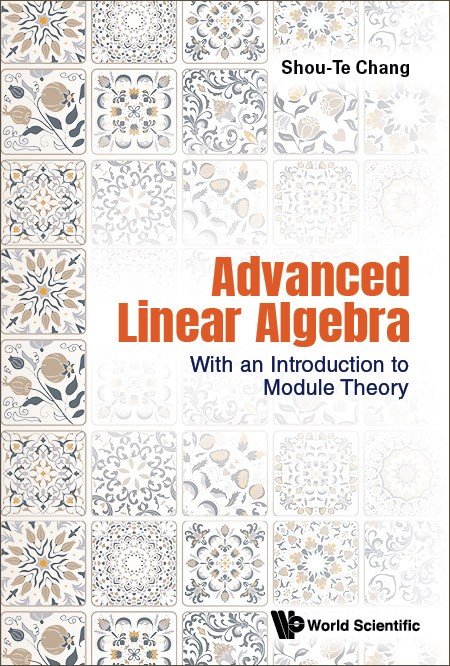

Most ebook files are in PDF format, so you can easily read them using various software such as Foxit Reader or directly on the Google Chrome browser.
Some ebook files are released by publishers in other formats such as .awz, .mobi, .epub, .fb2, etc. You may need to install specific software to read these formats on mobile/PC, such as Calibre.
Please read the tutorial at this link. https://ebooknice.com/page/post?id=faq
We offer FREE conversion to the popular formats you request; however, this may take some time. Therefore, right after payment, please email us, and we will try to provide the service as quickly as possible.
For some exceptional file formats or broken links (if any), please refrain from opening any disputes. Instead, email us first, and we will try to assist within a maximum of 6 hours.
EbookNice Team

Status:
Available4.5
20 reviewsCertain essential concepts in linear algebra cannot be fully explained in a first course. This is due to a lack of algebraic background for most beginning students. On the other hand, these concepts are taken for granted in most of the mathematical courses at graduate school level.
This book will provide a gentle guidance for motivated students to fill the gap. It is not easy to find other books fulfilling this purpose. This book is a suitable textbook for a higher undergraduate course, as well as for a graduate student's self-study. The introduction of set theory and modules would be of particular interest to students who aspire to becoming algebraists.
There are three parts to this book. One is to complete the discussion of bases and dimension in linear algebra. In a first course, only the finite dimensional vector spaces are treated, and in most textbooks, it will assume the scalar field is the real number field. In this book, the general case of arbitrary dimension and arbitrary scalar fields is examined. To do so, an introduction to cardinality and Zorn's lemma in set theory is presented in detail. The second part is to complete the proof of canonical forms for linear endomorphisms and matrices. For this, a generalization of vector spaces, and the most fundamental results regarding modules are introduced to readers. This will provide the natural entrance into a full understanding of matrices. Finally, tensor products of vector spaces and modules are briefly discussed.